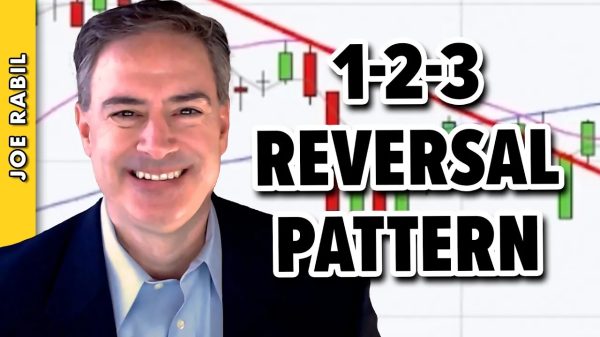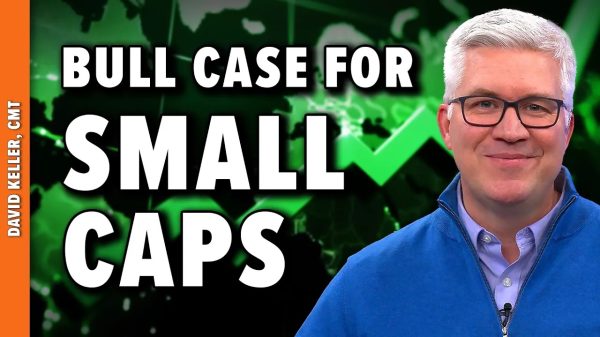Price inflation statistics were a hot topic in 2023. Official measures, like the Personal Consumption Expenditures Price Index (PCE) and the Consumer Price Index (CPI), rose to levels not seen in over four decades.
These measures were under commentators’ microscopes as recently as last week. The FRED Blog (run by the St. Louis Fed) briefly discussed how these two measures are constructed and how they differ. Paul Krugman compared the change in the “core” versions of the PCE and CPI (which remove components like food and energy) over six- and twelve-month time intervals, respectively. The consensus view is that these measures have unique applications. According to Krugman, “which one you should choose depends on what question you’re trying to answer.”
But if you read Mises, you’ll see a different story. In the Austrian framework, there is no such thing as the price level, and attempting to measure it induces a host of errors.
When people talk of a “price level,” they have in mind the image of a level of a liquid which goes up or down according to the increase or decrease in its quantity, but which, like a liquid in a tank, always rises evenly. But with prices, there is no such thing as a “level.” Prices do not change to the same extent at the same time. There are always prices that are changing more rapidly, rising or falling more rapidly than other prices.
Mises’s criticism of the concept of the price level and price indexes spans much of his work. In this passage, he points out that prices do not change uniformly. Individual prices move up and down constantly. Summing them up as a measurable “level” ignores the reality of markets, in which buyers and sellers meet to exchange specific goods for specific prices.
The context of the above passage is Mises’s analysis of monetary inflation. Money enters the economy at a particular point, so tracing out the effects of money printing must proceed “step by step.” This method shows that some people are able to spend the new money first, by increasing their demands for the given set of goods. Others must wait for their incomes to increase as the new money ripples through the economy, while paying higher prices due to the early receivers’ increased demands. This phenomenon, known as the Cantillon effect, sheds light on Mises’s rejection of the price level concept.
For Mises, there is not one price level, but many individuals facing different price arrays. The first recipients of new money face an array of prices that have not yet been disturbed by the monetary intervention. They have the ability to acquire additional goods on the market at these prices. The later recipients see the prices of those goods increase, and they will either pay the new prices or divert their expenditure toward substitutes. Discussing this phenomenon, Mises writes: “They had to buy less than they did before, to cut down their consumption of better and more expensive foods, and to restrict their purchase of clothing—because prices had already adjusted upward, while their incomes, their salaries, had not yet been raised.”
This individualistic view of price arrays is highlighted in one of my favorite quotes from Mises, in which the knowledge of the housewife is elevated above the “pretentious solemnity” of “statisticians and statistical bureaus.” Mises said, “A judicious housewife knows much more about price changes as far as they affect her own household than the statistical averages can tell.”
Thus, monetary intervention is not neutral. There are real effects and uneven changes—in incomes, wealth, prices, production, and consumption. This is why Mises favored the “price revolution” metaphor over the misleading concept of a change in the price level:
The market system before and after the inflow or outflow of a quantity of money is not merely changed in that the cash holdings of the individuals and prices have increased or decreased. There have been effected also changes in the reciprocal exchange ratios between the various commodities and services which, if one wants to resort to metaphors, are more adequately described by the image of price revolution than by the misleading figure of an elevation or a sinking of the price level.
The price level myth is pervasive and contributes to many other errors, especially regarding monetary theory and monetary policy. It infects Keynesianism, monetarism, monetary disequilibrium theory, “rules-based” monetary policy, stabilization policy, modern monetary theory, and run-of-the-mill economic journalism.
The consequences of this error are exactly as Mises described and predicted: by burying the Cantillon effects in aggregation, monetary intervention gets a pass. You don’t see the true nature of business cycles, the government deviously siphoning resources away from the private economy, the disproportionate swelling of the financial sector, or the exacerbation of income and wealth inequality. All you see is a central bank turning dials to achieve some targeted “sweet spot” of price inflation and unemployment.























